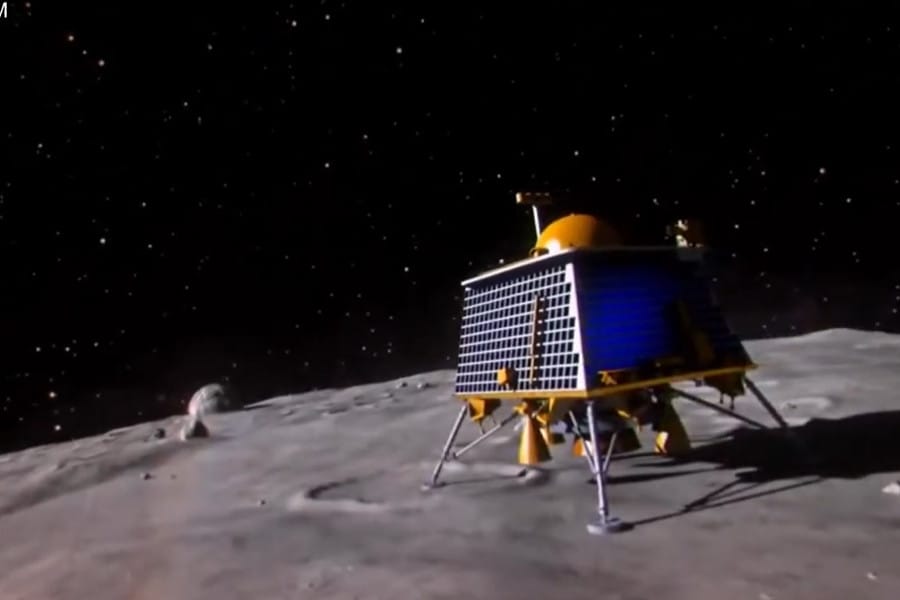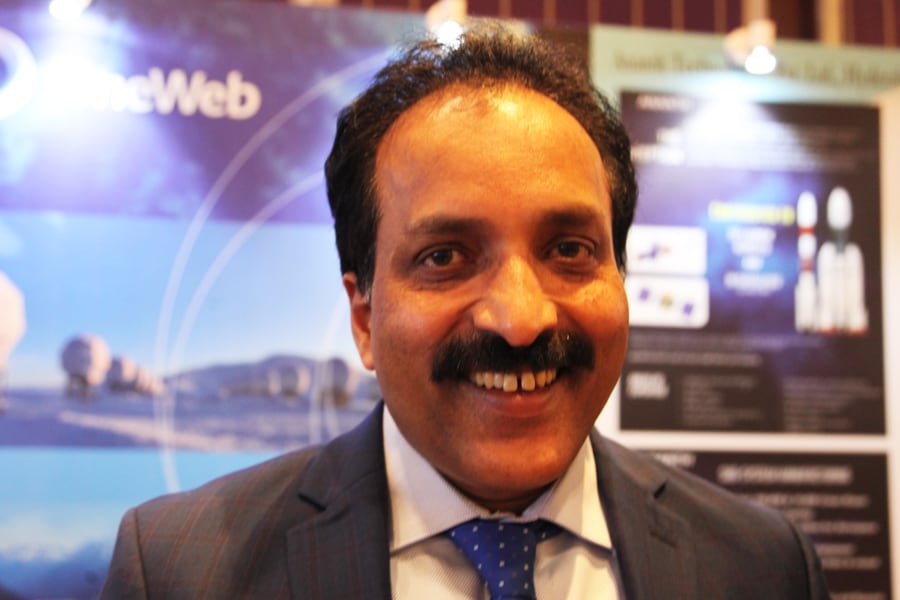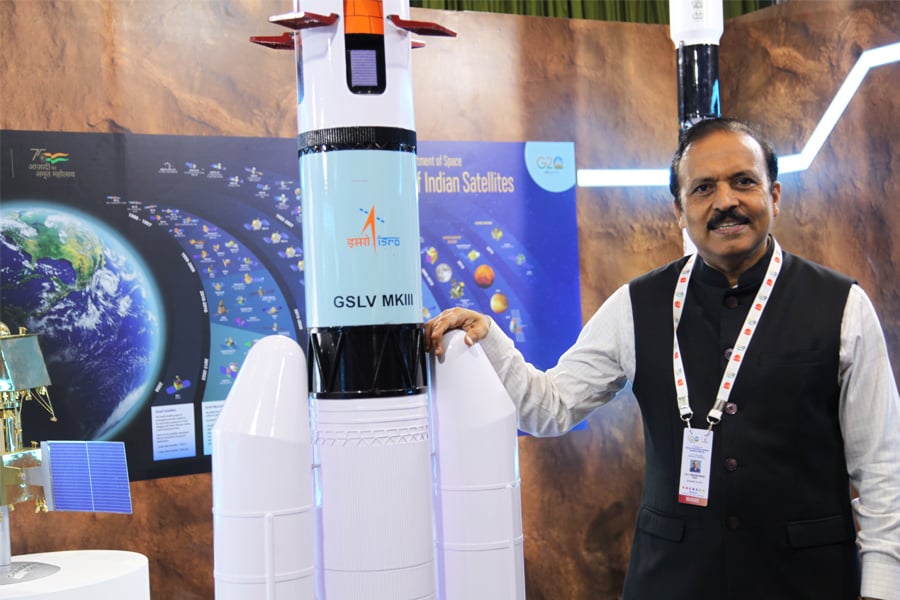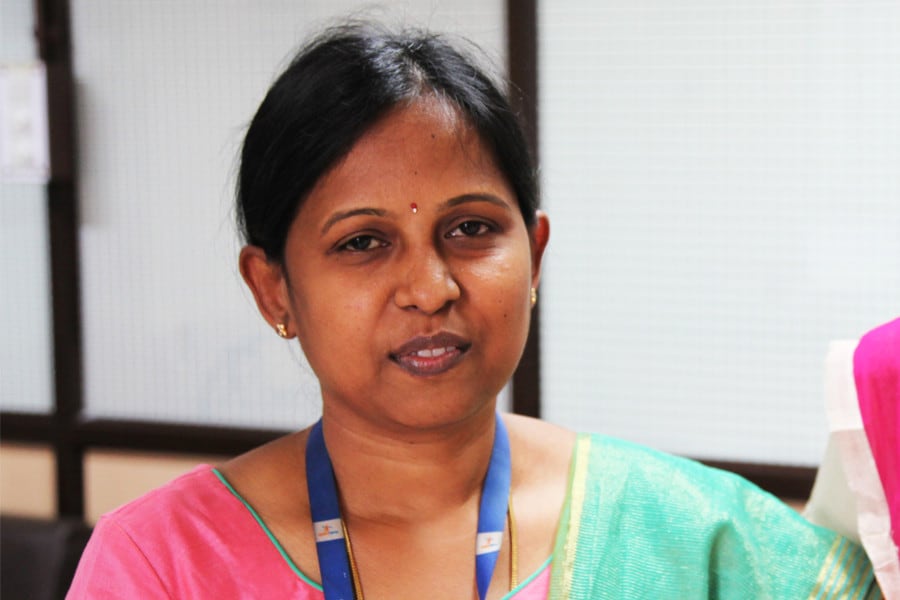
Chandrayaan-3 landing made history for India – what is it set to discover; who are the brains behind the mission?
In the evening of August 23, India became the first country to have landed on the South Pole of the moon and the fourth country in history to have done a soft landing on the moon
 Chandryaan-3 made a soft landing on the surface of the moon on August 23, 2023. Image: Nehru Planetarium (Representative image)
Chandryaan-3 made a soft landing on the surface of the moon on August 23, 2023. Image: Nehru Planetarium (Representative image)
The world will remember August 23, 2023. And with it, it’ll remember India and the Indian Space Research Organisation (Isro). With its third lunar mission Chandryaan-3 making a soft landing on the surface of the moon, India became the fourth nation after the US, China, and Russia to have achieved that feat.
On landing on the moon's surface, Chandrayaan-3 deployed a rover named Pragyan, which is derived from a Sanskrit word meaning wisdom. The six-wheeled rover is designed to study the surface of the moon. Pragyan is set to conduct essential examinations for multiple elements present on the lunar surface, including but not limited to magnesium, silicon, potassium, calcium, and iron. Its role also encompasses aiding in comprehending the moon's atmosphere, researching its variations, and analysing its day/night patterns. A part of the rover’s mission is also to investigate Moon dust – also known as regolith, which constitutes a covering layer over the underlying solid rock – for which the rover will employ lasers to induce its melting, enabling the analysis of the gases released during this process.
The dark side of the moon
Chandrayaan-3 landed on the South Pole of the moon which is considered a very tricky side of the moon. The South Pole—far from the equatorial region targeted by previous missions, including the crewed Apollo landings—is full of craters and deep trenches. India and Russia were in a race to attempt landing on this unexplored area. However, Russia’s lunar mission, Luna-25, remained unsuccessful.Water on the moon
As per the World Economic Forum, scientific interest lies in finding water ice deposits on the moon as they hold the potential to offer insights into lunar volcanic activity, substances transported to Earth by comets and asteroids, and the origins of Earth's oceans. Chandrayaan-3 is tasked with finding the possibility of substantial quantities of water ice, and if it is found, it could serve as a viable source of potable water for lunar exploration endeavours and aid in equipment cooling. Furthermore, water ice could be disintegrated to generate hydrogen for fuel and oxygen for breathing purposes, thus supporting missions to Mars or lunar mining operations.Key people behind Chandrayaan-3
S Somanath, chairman, ISRO S Somanath, chairman, ISRO. Image: Getty Images
S Somanath, chairman, ISRO. Image: Getty Images










